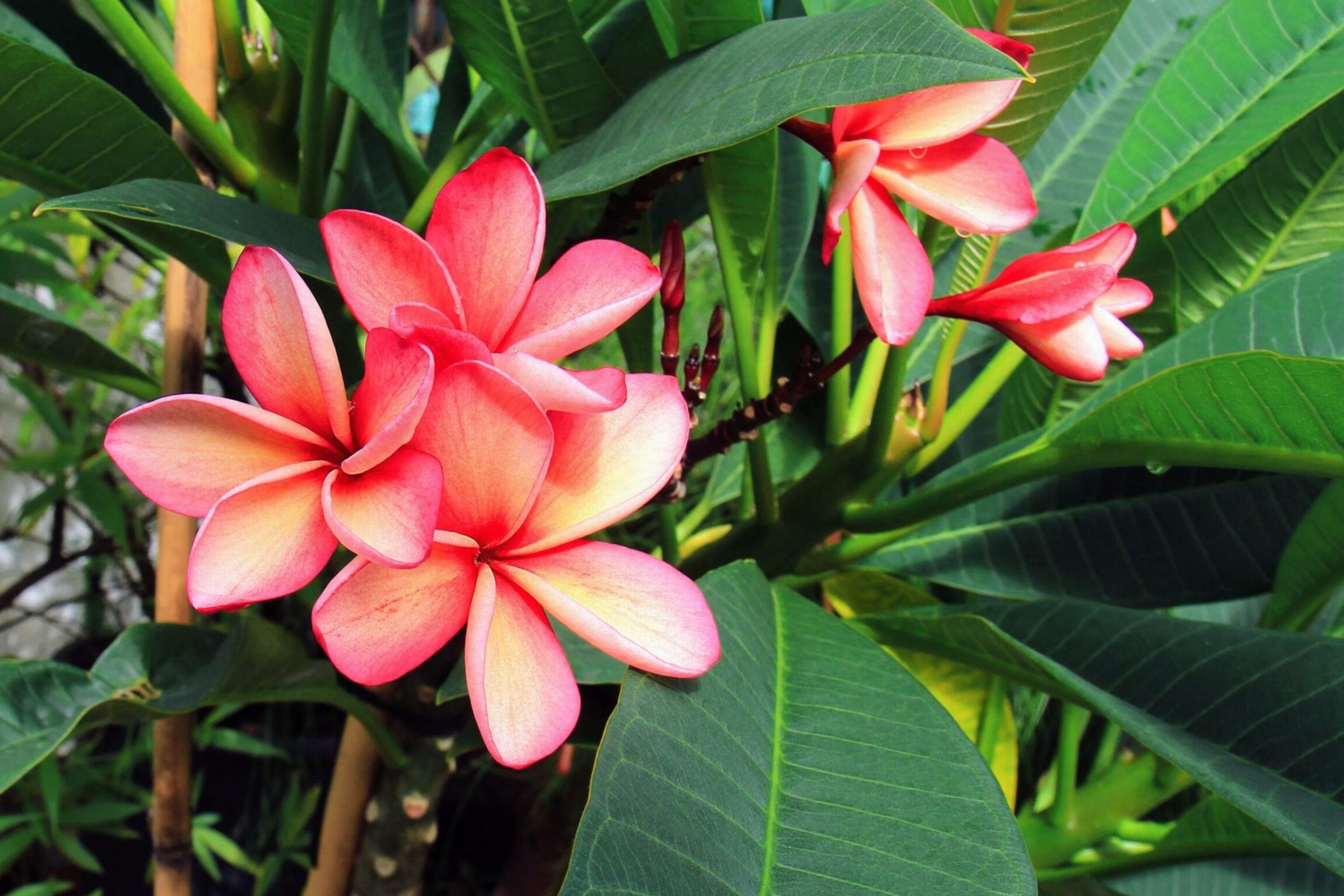
Anthesis is a fascinating stage in the life of a flower. But what exactly is it? Anthesis is the period when a flower is fully open and functional, ready for pollination. This stage is crucial for the reproduction of flowering plants. During anthesis, flowers display their most vibrant colors and emit enticing scents to attract pollinators like bees, butterflies, and birds. Understanding anthesis can help gardeners, botanists, and nature enthusiasts appreciate the intricate processes that sustain plant life. Whether you're a budding botanist or just curious about nature, these 26 facts about anthesis will deepen your appreciation for the blooming world around us.
What is Anthesis?
Anthesis is a fascinating stage in the life cycle of flowering plants. It marks the period when a flower is fully open and functional, ready for pollination. This stage is crucial for the reproduction of many plants.
-
Anthesis is derived from the Greek word "anthos," meaning flower. It signifies the blooming phase of a flower.
-
During anthesis, flowers are at their most attractive, displaying vibrant colors and emitting fragrances to attract pollinators.
-
The timing of anthesis can vary widely among plant species, ranging from a few hours to several days.
-
Some plants have synchronized anthesis, where all flowers in a population bloom simultaneously, enhancing pollination efficiency.
The Role of Pollinators
Pollinators play a vital role during anthesis. They transfer pollen from one flower to another, facilitating fertilization and the production of seeds.
-
Bees are among the most common pollinators, visiting flowers to collect nectar and pollen.
-
Butterflies and moths also contribute to pollination, often attracted by the bright colors and sweet scents of flowers.
-
Birds, especially hummingbirds, are important pollinators for certain plant species, particularly those with tubular flowers.
-
Bats are nocturnal pollinators, visiting flowers that bloom at night and have strong fragrances.
Environmental Factors Affecting Anthesis
Various environmental factors can influence the timing and success of anthesis. These factors include temperature, light, and humidity.
-
Temperature plays a significant role in determining the onset of anthesis. Warmer temperatures can accelerate the blooming process.
-
Light intensity and duration affect anthesis, with some plants requiring specific light conditions to trigger blooming.
-
Humidity levels can impact the opening of flowers. High humidity may delay anthesis, while low humidity can speed it up.
-
Soil moisture also influences anthesis. Adequate water supply is essential for the healthy development of flowers.
Anthesis in Different Plant Species
Different plant species exhibit unique anthesis characteristics. These variations are adaptations to their specific environments and pollinators.
-
In sunflowers, anthesis occurs in a spiral pattern, starting from the outer edge and moving inward.
-
Orchids have intricate anthesis mechanisms, often involving complex interactions with specific pollinators.
-
In grasses, anthesis typically happens early in the morning, coinciding with peak pollen release.
-
Cacti often have nocturnal anthesis, with flowers opening at night to attract nocturnal pollinators like bats.
Human Impact on Anthesis
Human activities can significantly impact anthesis, both positively and negatively. Understanding these effects is crucial for conservation efforts.
-
Urbanization can disrupt natural anthesis patterns by altering local climate conditions and reducing pollinator populations.
-
Agricultural practices, such as the use of pesticides, can harm pollinators and affect the success of anthesis.
-
Climate change is altering the timing of anthesis for many plant species, potentially leading to mismatches with pollinator activity.
-
Conservation efforts, such as creating pollinator-friendly habitats, can support healthy anthesis and plant reproduction.
Interesting Facts About Anthesis
Anthesis is not just a biological process; it has cultural and economic significance as well.
-
In many cultures, the blooming of certain flowers during anthesis is celebrated with festivals and rituals.
-
The timing of anthesis can influence agricultural practices, such as the scheduling of crop planting and harvesting.
-
Some flowers, like the Titan Arum, have a dramatic anthesis, with a single bloom lasting only a few days but attracting thousands of visitors.
-
Anthesis can be artificially induced in some plants through horticultural techniques, allowing for controlled blooming.
-
The study of anthesis and its timing is important for plant breeders, who aim to develop new varieties with desirable flowering traits.
-
Anthesis research contributes to our understanding of plant-pollinator interactions, helping to protect biodiversity and ecosystem health.
The Final Bloom
Anthesis, the flowering phase, is a captivating process. Flowers bloom, revealing their beauty and signaling the start of pollination. This stage is crucial for plant reproduction, ensuring the survival of many species. The timing of anthesis varies, influenced by environmental factors like light and temperature. Some flowers open at dawn, others at dusk, each adapted to attract specific pollinators.
Understanding anthesis helps gardeners, farmers, and botanists optimize plant health and productivity. It’s a reminder of nature’s intricate design and the delicate balance required for life to flourish. Whether you’re a plant enthusiast or just curious, appreciating anthesis deepens your connection to the natural world. So next time you see a flower in full bloom, take a moment to marvel at the wonders of anthesis. It’s more than just a pretty sight; it’s a vital part of our ecosystem.
Was this page helpful?
Our commitment to delivering trustworthy and engaging content is at the heart of what we do. Each fact on our site is contributed by real users like you, bringing a wealth of diverse insights and information. To ensure the highest standards of accuracy and reliability, our dedicated editors meticulously review each submission. This process guarantees that the facts we share are not only fascinating but also credible. Trust in our commitment to quality and authenticity as you explore and learn with us.
